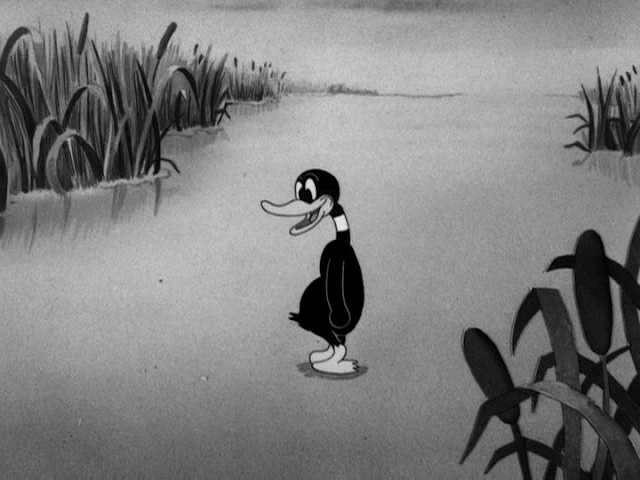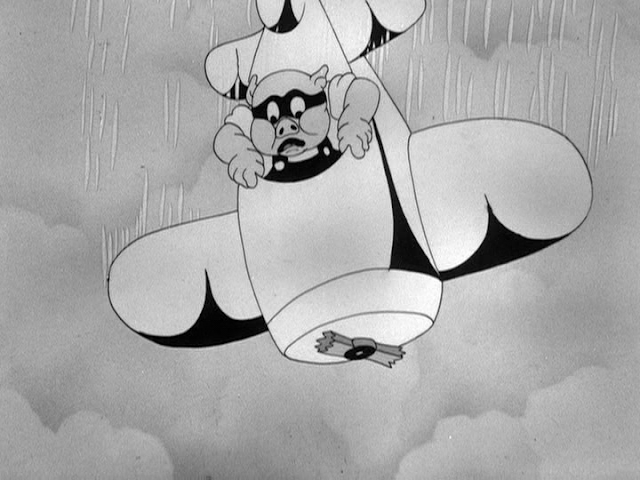Thriller Journal, Entry 2 (Episodes 8-14)

In "The Watcher" (1.08, written by Donald S. Sanford, directed by John Brahm, November 1, 1960), a man forces a screaming young woman under water as she fights for her life. They're in a boat, presumably far enough from land, as he holds her under water long enough until she fights no longer. She is dead. The man sits back, studies his bloodied hands, then washes them in the water. His hands remain the focal point of this image. And as the murder weapon, they're an important part of this story. A school teacher by day, he tries to suppress his horrific urges, but Boris Karloff warns us, it's only a matter of time before he strikes again. The killer, Mr. Freitag (Martin Gabel) spends his off-time peering menacingly out of his bedroom window across the street, watching his neighbor, a very 1960 style of handsome young man Larry (Richard Chamberlain), and his girlfriend Beth (Olive Sturgess). Partially cloaked by the drapes of


